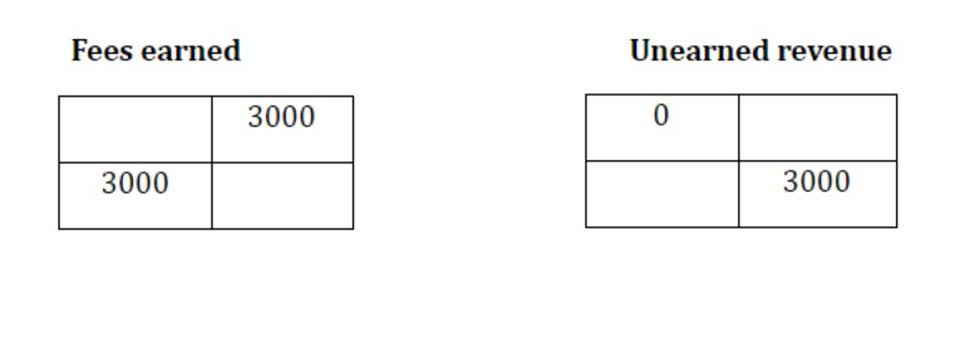
The maker is another business or debtor who signs a legal agreement to repay the debt, including interest charges. At the end of the three months, the note, with interest, is completely paid off. It is calculated as ($50,000 x 6%) multiplied by the ratio of days outstanding to 365 (183/365). There is a line called “operating lease right-of-use-assets” that did not exist in prior years.
- Any portion of the notes receivable that is not due within one year of the balance sheet date is reported as a long term asset.
- The corresponding entry on the debtor’s balance sheet would be a credit to reflect the liability owed.
- On the balance sheet, the Current Asset sub-accounts are normally displayed in order of current asset liquidity.
- Notes receivable are a balance sheet item that records the value of promissory notes that a business is owed and should receive payment for.
- The difference in recording is based on which side of the transaction a company is on.
- After issuance, long-term notes receivable are measured at amortized cost.
What are the important components of notes receivables?
To help you gain a better understanding, let’s discuss in detail what notes receivable are and how they work in business transactions. Notice that the sign for the $7,835 PV is preceded by the +/- symbol, meaning that the PV amount is to have the opposite symbol to the $10,000 FV amount, shown as a positive value. This is because the FV is the cash received at maturity or cash inflow (positive value), while the PV is the cash lent or a cash outflow (opposite or negative value). Many business calculators require the use of a +/- sign for one value and no sign (or a positive value) for the other to calculate imputed interest rates correctly. Consult your calculator manual for further instructions regarding zero-interest note calculations.
What is the Difference Between Notes Receivable and Accounts Receivable?

Notes receivable have several defining characteristics that include principal, length of contract terms, and interest. The principal of a note is the initial loan amount, not including interest, requested by the customer. If a customer approaches is notes receivable a current asset a lender, requesting $2,000, this amount is the principal. The date on which the security agreement is initially established is the issue date. A note’s maturity date is the date at which the principal and interest become due and payable.
Notes Receivable vs. Notes Payable
For example, the maker owes $200,000 to the payee at a 10% interest rate, and pays no interest during the first year. The payee is the party who receives payment under the terms of the note, and the maker is the party obligated to send funds to the payee. The amount of payment to be made, as listed in the terms of the note, is the principal. The final major asset category we will examine in detail is notes receivable, which, like investments, can either be a short-term or long-term asset, depending on the maturity date. Characteristically, notes are similar to loans because they come with interest and principal amounts.
A note can be requested or extended in exchange for products and services or in exchange for cash (usually in the case of a financial lender). Several characteristics of notes receivable further define the contract elements and scope of use. In contrast, notes receivable (an asset) is a more formal legal contract between the buyer and the company, which requires a specific payment amount at a predetermined future date.
- At the end of the three months, the note, with interest, is completely paid off.
- As a result, any notes receivable that are greater than one year to maturity are classified as long-term notes and require the use of present values to estimate their fair value at the time of issuance.
- The $18,675 paid by Price to Cooper is called the maturity value of the note.
- Notes receivable are assets and represent amounts due to a business by a third party (usually a customer).
Notes Receivable in Accounting
The transition from accounts receivable to notes receivable can occur when a customer misses a payment on a short-term credit line for products or services. In this case, the company could extend the payment period and require interest. Prepaid expenses—which represent advance payments made by a company for goods and services to be received in the future—are considered current assets. Although they cannot be converted into cash, they are payments already made. Prepaid expenses might include payments to insurance companies or contractors. Now that you understand what notes receivable are and how to do a journal entry, let’s cover how they differ from notes payable.
What is the Journal Entry to Record the Issuance of a Note Receivable?

However, businesses deal with numerous complex transactions with multiple customers, which can sometimes be daunting to manage. With HighRadius’ Order to Cash software, businesses can easily navigate the complexities of managing receivables efficiently. When notes receivable have terms of less than one year, accounting for short-term notes is relatively straight forward as discussed below. Finally, at the end of the 3 month term the note receivable is honored by the customer together with the accrued interest, and the following journal completes the transaction.
